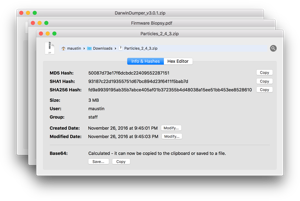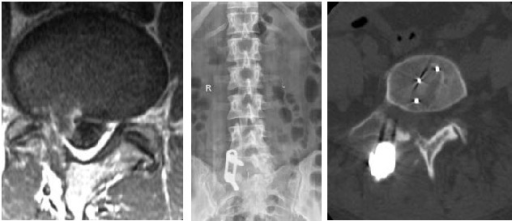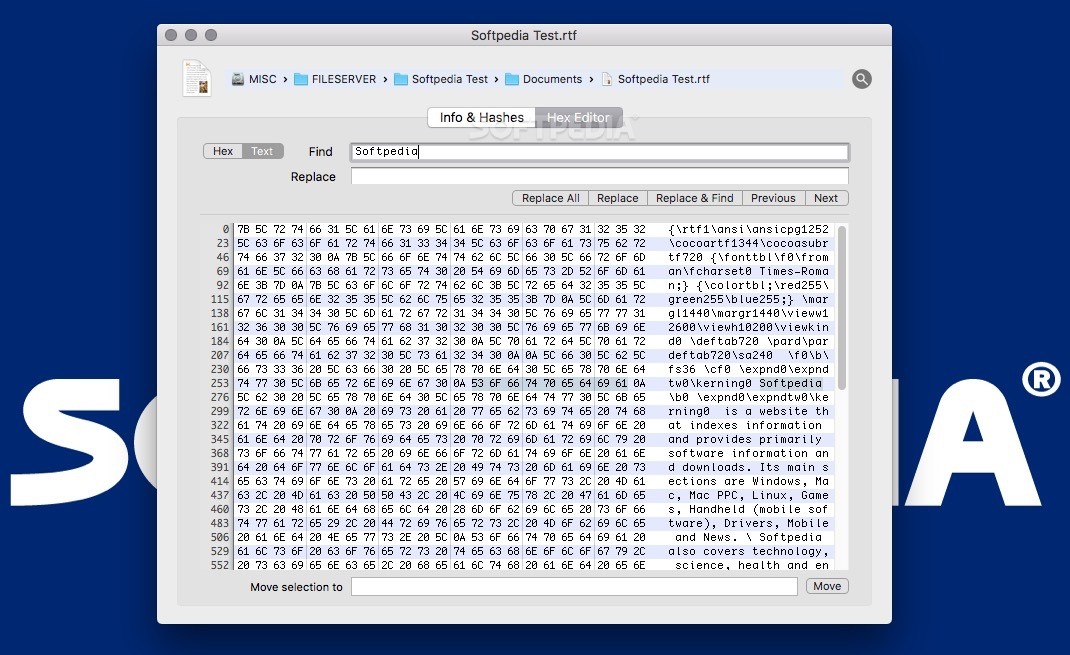
If the call to sputbackc fails, the function sets the badbit flag. Basically keep on reading untill there's nothing left.The function clears the eofbit flag, if set before the call. Here’s a program called greetings that reads a from a file containing a list of names and write the greetings to another file: #include įprintf(stderr, "File opening failed!\n") For example, printf’s file version is fprintf. There are more modes, but these are the most commonly used.Īfter you have a FILE pointer, you can use basically the same IO commands you would’ve used, except that you have to prefix them with f and the first argument will be the file pointer. You can also combine them, so rw would mean you could read and write to the file. The mode are basically permissions, so r for read, w for write, a for append. This function takes two string parameters, the first being the file name and the second being the mode. To accomplish this, you will use a function called fopen. If you wanted to do bigger and better things, you will probably want to work with files from within C instead of through the shell. The above methods only worked for the most basic of cases. Note: these redirection operators are in bash and similar shells. # If you wanted to also write the greeting to a file, you could do so using ">". # This will read the name from the file and print out the greeting to the screen. Instead of reading from the keyboard, we can redirect stdin to read from a file using the name.txt

Say we have another program called greet, similar to helloworld, that greets you with a given name: #include The contents of hello.txt will, not surprisingly, be Hello, world! If you want to append, you can use >: # This will output to the screen. Rudimentary File IO, or How I Learned to Lay PipesĮnough theory, let’s get down to business by writing some code! The easiest way to write to a file is to redirect the output stream using the output redirect tool, >. stderr represents the standard error output, which your shell usually attaches to the terminal. stdin represents the standard input, which your shell usually attaches to the keyboard. files) that are available to you with effort, stdin and stderr. This explains why it printed to your screen. stdout represents the standard output as decided by your shell, which is usually the terminal. When you call printf, you are really just writing to a special file called stdout, short for standard output. So how does this relate to helloworld and file IO? It is also useful to think of these files as streams, since as you’ll see later, you can redirect them with the shell. This means that your printer can be abstracted as a file since all you do with a printer is write with it. In a UNIX system, everything is treated as a file, meaning you can read from and write to it. The answer isn’t obvious at first, and needs some understanding about the UNIX system. Now you might be thinking, "This just prints text to the screen.

Here’s an example of reading data from a file and writing to it: #include w+ - opens a file in both read and write mode.a+ - opens a file in both read and write mode.r+ - opens a file in both read and write mode.w - opens or create a text file in write mode.The fopen() function is used to create a file or open an existing file: fp = fopen(const char filename,const char mode) rewind() - set the position to the beginning point.ftell() - gives current position in the file.fseek() - set the position to desire point.fprintf() - writes a set of data to a file.fscanf() - reads a set of data from a file.fopen() - create a new file or open a existing file.In C, we use a structure pointer of a file type to declare a file: FILE *fp Ĭ provides a number of build-in function to perform basic file operations:


This printf is where all the file IO magic happens!įile handling is one of the most important parts of programming. If you’ve written the C helloworld program before, you already know basic file I/O in C: /* A simple hello world in C.


 0 kommentar(er)
0 kommentar(er)
